This article was co-authored by wikiHow Staff. Our trained team of editors and researchers validate articles for accuracy and comprehensiveness. wikiHow's Content Management Team carefully monitors the work from our editorial staff to ensure that each article is backed by trusted research and meets our high quality standards.
There are 11 references cited in this article, which can be found at the bottom of the page.
This article has been viewed 28,070 times.
Learn more...
Measuring the mid-upper-arm circumference (MUAC) can determine whether or not a child or adult is malnourished and at risk for complications. It's another method of estimating a person's body mass index (BMI) when scales aren't available or if they're unable to use one.[1] You may need to take this measurement as a volunteer, social worker, pediatric aide, or medical assistant. If you're monitoring a person's weight on a monthly basis, you can use these measurements to determine if their body weight is increasing or decreasing. Most MUAC measuring tapes are made for children, but you can use a regular flexible measuring tape to measure an adult’s MUAC.
Steps
Measuring MUAC for Children
-
1Instruct the child to relax their left arm at their side. If possible, have the child hold this position. It's best to use the left arm, but if that's not possible, use their right arm. Don’t try to force the child’s arm in any position, especially if they’re frail or injured.[2]
- This should only be done on children who are between 6 and 59 months of age (5 years).
- If you’re not in a medical facility and don’t know the child’s background, ask a parent or guardian the age of the child.
-
2Wrap the color-coded tape measure around the child's left arm. Use TALC tape to take the measurement. Wrap the tape around their arm at the mid-way point between their shoulder and elbow. Allow their arm to hang loosely at their side.[3]
- Make sure the color-coded side with the numbers is facing out.
- TALC stands for Teaching-aids At Low Cost—the biggest producer and distributor of tapes made for measuring the upper arm.
Advertisement -
3Loop the tape around their arm, running the small tail end through the hole. Insert the thinner tail of the tape through the opening on the other side of the tape (close to the reading window) so it forms a loop around the child's arm. Most TALC tapes have 2 rectangular openings, so select the smallest one for a child.[4]
- The other opening is the "window" used to take the reading.
-
4Pull the tape snug against the child's arm. Holding the tail of the tape in your right hand, pull it so there's no slack on the tape. It should be tight but not so tight that it causes a skin depression.[5]
- As you pull it taut, you’ll notice a window with 2 black arrows on the other end of the tape.
- Give the child a small trinket or stone to hold in their hand so they stay still while you hold the tape measure.
-
5Record the value that shows in the window between the 2 arrows. The opposite side of the tape's larger end will have an opening with 2 arrows on either side of it. Hold this end against the tape and hold it flat to get an accurate reading. The colors on the tape correspond to the following results:[6]
- Green: 135 mm or above (normal)
- Yellow: 125 mm to 134 mm (at risk)
- Orange: 110 mm to 124 mm (moderate malnutrition)
- Red: less than 110 mm (severe malnutrition)[7]
Using a Tape Measure for Adults
-
1Position the person's left arm at a 90-degree angle. Have the person bend their left elbow so their arm is making a right angle. If you're following up from a previous measurement, use the same arm.[8]
- If the person is incapable of bending their left arm to a 90-degree angle, use their right arm instead.
-
2Measure from their shoulder to their elbow to find the midpoint. Hold the end of a fabric tape measure in your right hand and position it at the bony part of their shoulder. Run the tape along their arm to the point of their elbow. Use a pen to mark the midpoint on their arm.[9]
- For example, if the distance between their shoulder and their elbow is 14 inches (36 cm), make a mark on their skin next to where the tape reads 7 inches (18 cm).
- Don’t use a metal tape measure because the measurement will not be as accurate.
- If you’re not in a medical office or you don’t have a pen handy, ask someone to hold their finger at the midway point.
-
3Measure their relaxed arm at the place where you made the marking. Ask the person to relax their arm and wrap the tape around their arm where you made the marking. It's necessary that they're relaxed and not flexing their bicep because this will distort the reading.[10]
- Don't pull on the measuring tape to the point where it's constrictive—make sure it's taut.
- Secure the tape and slightly wiggle their elbow back and forth to help the person to relax their arm.
-
4Write down the measurement to the nearest millimeter. Make sure the tape measure is snug around their arm before you record the reading. Round the measurement to the nearest millimeter or quarter-inch.[11]
- Acute malnutrition (women): less than 24 centimeter (9.4 in) (240 mm)
- Acute malnutrition (men): less than 25 centimeter (9.8 in) (250 mm)[12]
Warnings
- Don’t try to force a child or adult’s arm into the correct position to take a MUAC reading.⧼thumbs_response⧽
References
- ↑ https://www.ncbi.nlm.nih.gov/pmc/articles/PMC4975446/
- ↑ https://youtu.be/3pQUtOsjjSY?t=211
- ↑ https://youtu.be/3pQUtOsjjSY?t=215
- ↑ https://youtu.be/3pQUtOsjjSY?t=215
- ↑ https://motherchildnutrition.org/early-malnutrition-detection/detection-referral-children-with-acute-malnutrition/muac.htm
- ↑ https://www.unhcr.org/45f6abc92.pdf
- ↑ https://www.msf.org/muac-measure-and-definition
- ↑ https://youtu.be/x-YrCiyd9Mk?t=42
- ↑ https://youtu.be/x-YrCiyd9Mk?t=54

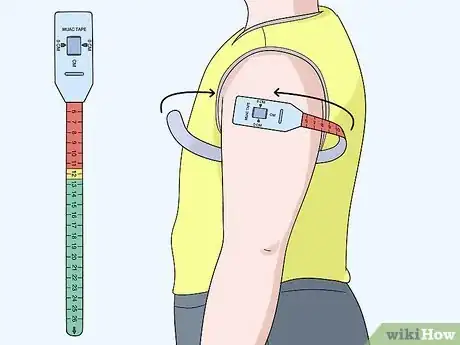
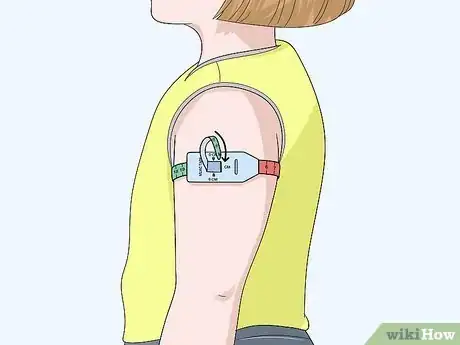
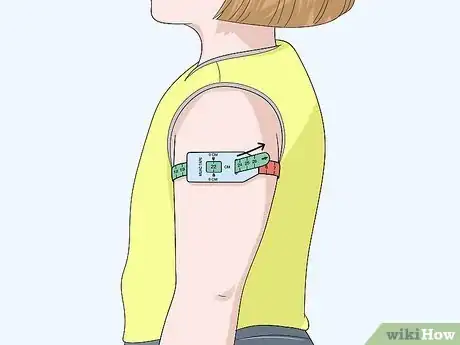
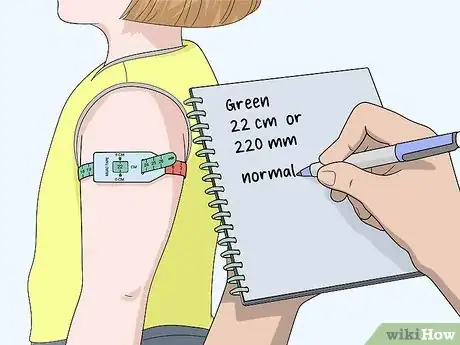
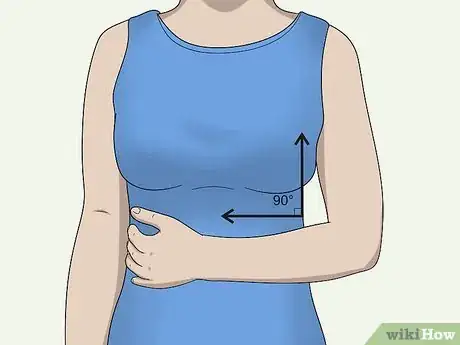
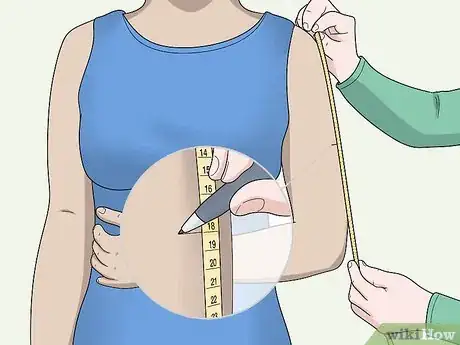
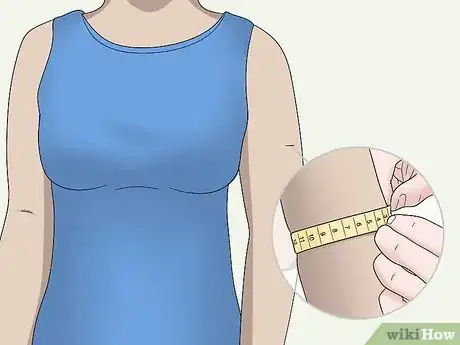
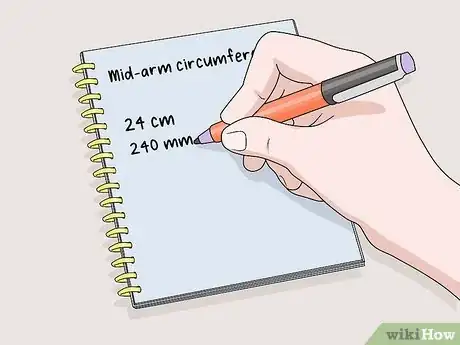
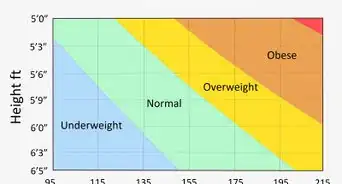
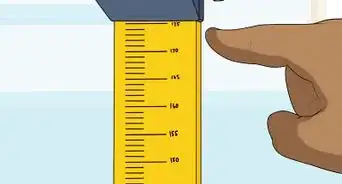


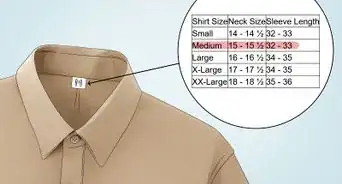







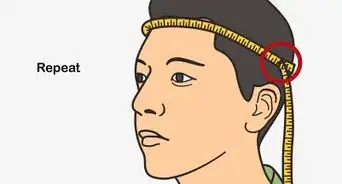







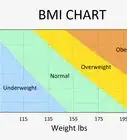






































Medical Disclaimer
The content of this article is not intended to be a substitute for professional medical advice, examination, diagnosis, or treatment. You should always contact your doctor or other qualified healthcare professional before starting, changing, or stopping any kind of health treatment.
Read More...